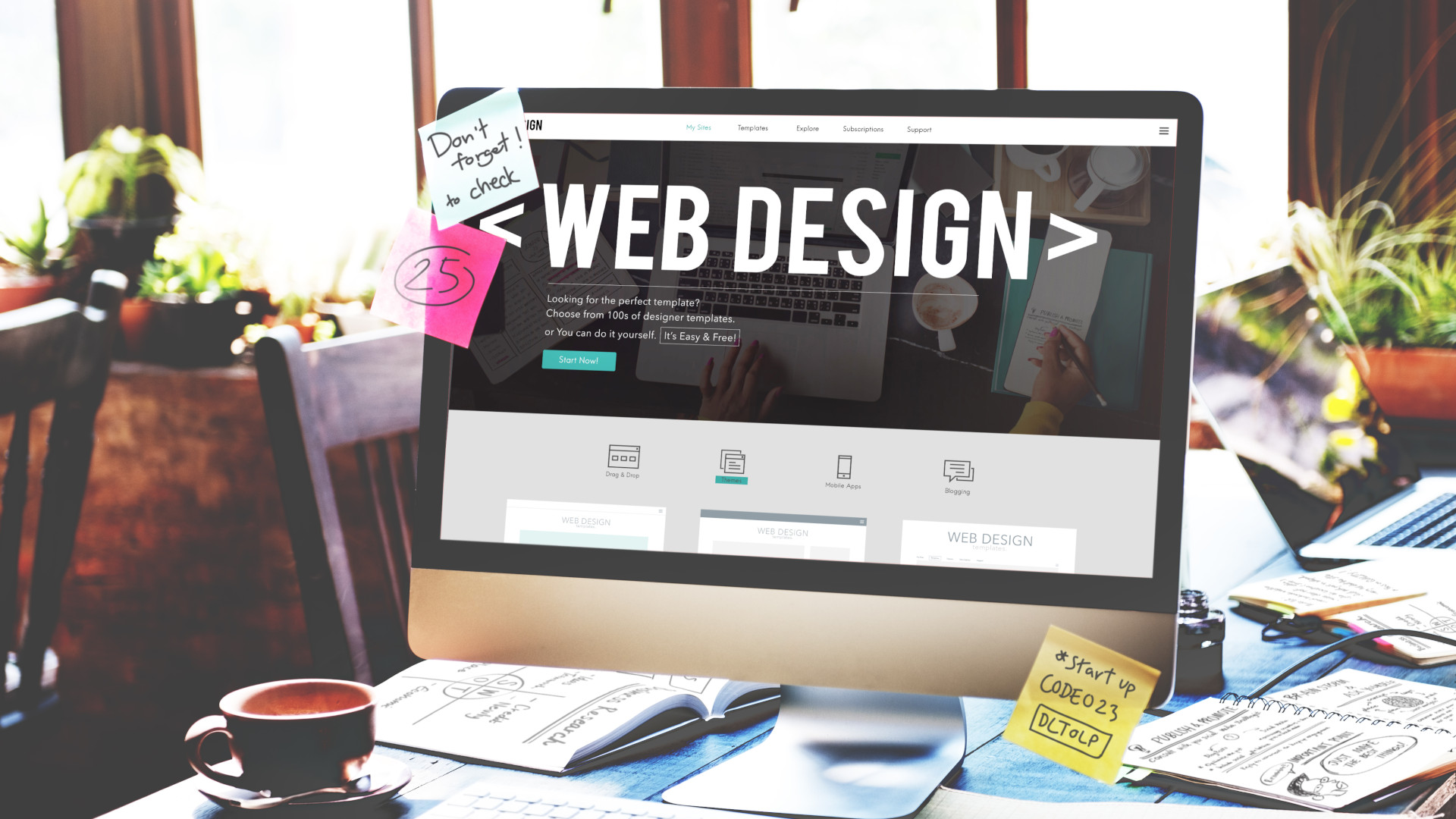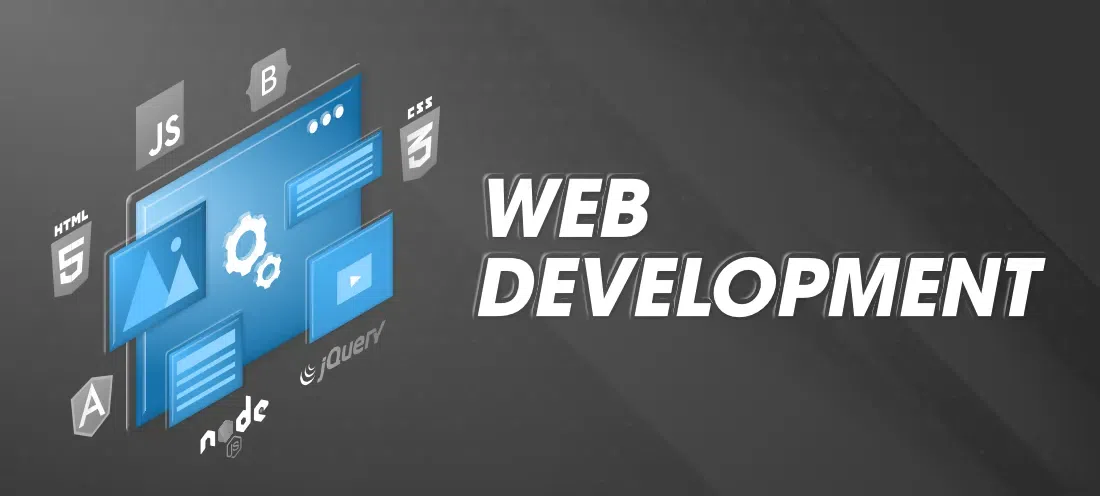The Very Best Kinds of Web Style to Boost User Experience and Interaction
In the ever-evolving landscape of digital interaction, the efficiency of Web design considerably affects individual experience and engagement. Various design approaches, such as minimalist, receptive, and interactive formats, each deal one-of-a-kind benefits that can cater to diverse user needs.
Minimal Website Design
As digital landscapes become increasingly cluttered, minimal website design has become a powerful strategy to boosting individual experience. This design philosophy focuses on simpleness, concentrating on vital aspects while eliminating unneeded disturbances. By making use of adequate white area, straightforward navigating, and a restricted color palette, minimal style fosters quality and guides user focus to crucial material.
The core concept of minimal Web layout is to produce a seamless communication for individuals. By reducing cognitive lots, users can promptly understand information without really feeling overwhelmed. This straight approach not just improves use however likewise motivates involvement, as site visitors are more probable to discover a site that is very easy and visually attractive to browse.
Additionally, minimalist design often stresses typography and images, utilizing these aspects strategically to communicate messages properly. This focus on crucial elements can boost brand identity and produce a remarkable user experience. Basically, minimal Web style is not simply a trend; it is a thoughtful approach that identifies the importance of user-centered style. By removing nonessential aspects, developers can create a more appealing, effective, and delightful Web experience for all users.
Receptive Website Design
In today's varied electronic atmosphere, receptive website design has ended up being necessary for producing a smooth individual experience across a wide range of devices. As users access websites on smartphones, tablet computers, desktop computers, and laptops, the capacity of an internet site to adjust its design and material to different display dimensions and resolutions is vital.
Responsive website design uses adaptable grids, pictures, and CSS media queries to ensure that Web material is presented optimally, no matter the tool utilized. This method not only boosts the aesthetic appeal of a website yet likewise considerably boosts use. Individuals are more probable to involve with a site that uses a constant experience, as it removes the frustration of needing to zoom in or scroll exceedingly.
By adopting responsive layout, businesses can enhance their presence and reach a wider target market. In summary, responsive Web layout is a fundamental method that improves customer experience, engagement, and overall fulfillment.
Interactive Web Design
Responsive Web style prepares for enhancing user experience, however interactive Web style takes this an action better by engaging users in a more dynamic method - Aligned Position Web Design. By integrating components such as computer animations, clickable prototypes, and real-time feedback, interactive website design mesmerizes individuals, drawing them into a richer surfing experience
This technique not just cultivates involvement yet also encourages users to explore content actively rather than passively consuming it. Techniques such as gamification, where users earn rewards for completing tasks, can substantially improve the moment invested in a site and enhance general complete satisfaction. Interactive attributes can streamline intricate info, making it a lot more delightful and absorbable.

Integrating interactive layout elements can likewise bring about higher conversion rates, as individuals are more probable to engage with a site that proactively entails them. Aligned Position Web Design. Ultimately, interactive Web style changes customer experiences into memorable journeys, making sure that site visitors return time and again
Apartment Style
Defined by its minimalistic technique, level style highlights simpleness important site and performance, removing unnecessary aspects and focusing on vital functions. This style viewpoint prioritizes usability, guaranteeing that individuals can navigate interfaces easily and performance. By using a clean aesthetic, flat layout removes the clutter typically found in more ornate designs, consequently improving user emphasis on material and performance.
The hallmark of level style depends on its use vibrant colors, simple typography, and geometric forms. These aspects add to an aesthetically attractive interface that is both approachable and modern-day. Furthermore, flat style fosters a feeling of clearness, enabling customers to determine important activities and info without distraction.
In addition, flat layout is especially effective in receptive website design, as its simplicity equates well across different devices and display dimensions. The lack of detailed appearances and slopes minimizes filling times, which is vital for preserving customer engagement. As electronic landscapes remain to progress, flat style continues to be an appropriate selection for creating straightforward websites that improve total experience. By concentrating on necessary features, flat layout not only meets customer demands but likewise urges seamless interaction, making it an essential component of effective Web layout strategies.
Adaptive Website Design
Adaptive website design customizes the individual experience by producing several taken care of formats tailored to different screen sizes and devices. Unlike responsive layout, which fluidly readjusts a solitary format, flexible layout uses distinctive designs for certain breakpoints, making certain optimum discussion on different platforms. This method allows designers to concentrate on find out the one-of-a-kind features of each gadget, improving functionality by delivering precisely what customers require based upon their context.
Among the main benefits of flexible website design is its capability to enhance tons times and performance. By offering customized material and images that fit the customer's tool, web sites can lessen data use and enhance loading speeds. This is particularly beneficial for customers with slower connections or limited information plans.

Furthermore, flexible layout helps with an extra regulated and consistent branding experience. Because developers create multiple designs, they can make sure that the aesthetic elements align with the brand's identity throughout various systems - Aligned Position Web Design. This causes a cohesive user experience, improving interaction and advertising customer retention
Verdict
In conclusion, the integration of minimalist, responsive, and interactive website design concepts substantially boosts customer experience and involvement. Minimal layout cultivates clarity and emphasis, while receptive layout ensures adaptability throughout numerous tools, advertising access. Interactive layout astounds customers via vibrant aspects, motivating exploration and personalization. Collectively, these design comes close to add to the production of easy to use atmospheres that not only improve complete satisfaction but also drive greater conversion prices, highlighting their vital value in contemporary Web layout methods.

Minimalist design fosters clarity and emphasis, while Recommended Reading receptive layout makes certain flexibility throughout different gadgets, promoting ease of access. Collectively, these design approaches add to the production of straightforward settings that not just enhance complete satisfaction however likewise drive higher conversion rates, emphasizing their essential relevance in modern Web design strategies.